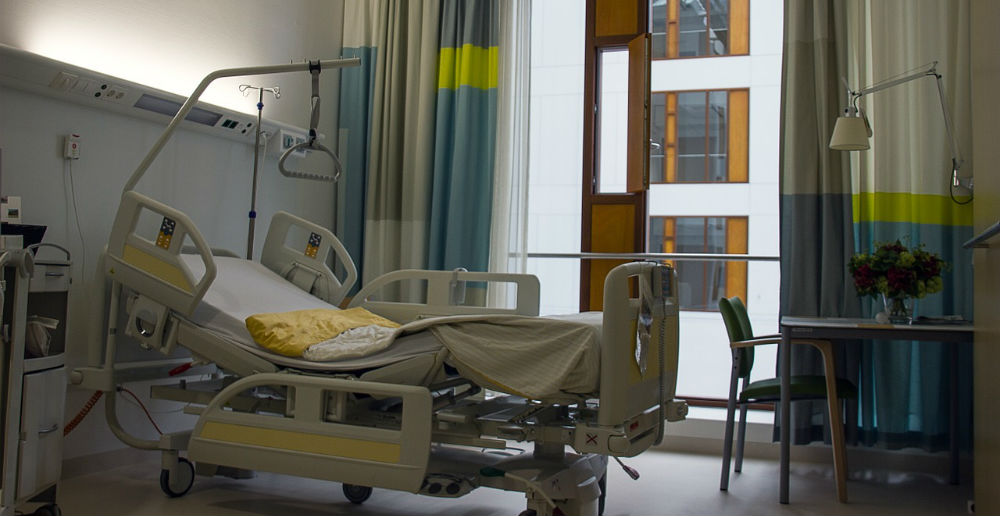
It’s a decidedly mixed bag for patient safety in St. Louis-area hospitals. As preventable medical errors are estimated to be the third leading cause of death in the United States, this is not comforting news.
The Leapfrog Group, a leading nonprofit patient safety organization, annually publishes safety grades for hospitals across the country. It publishes the grades, which are based on reports of adverse events and other factors, in the spring and fall.
Its Spring 2020 patient safety grades – from “A” to “F” - were released earlier this month.
How Safe are St. Louis Hospitals?
The group’s website lists 25 hospitals for the St. Louis metropolitan region. This includes facilities in both Missouri and Illinois. The patient safety grading breakdown for those St. Louis hospitals is:
· 7 hospitals received an “A” (highest possible grade)
· 7 hospitals received a “B”
· 7 hospitals received a “C”
· 4 hospitals received a “D”
Overall, Leapfrog says the grades are a reflection of how well hospitals protect their patients from preventable medical errors and preventable accidents. The difference in grades, according to the organization, has a profound impact. When it released its Spring 2019 grades, Leapfrog explained these differences and their consequences:
· Patients at “D” and “F” hospitals face a 92% greater risk of avoidable death
· Patients at “C” hospitals face an 88% greater risk of avoidable death
· Patients at “B” hospitals face a 35% greater risk of avoidable death
So what errors made at hospitals factor into these grades?
The steps that hospitals and doctors take to prevent medical mistakes factor into the patient safety grades. These include computerized systems when ordering medicines to help avoid dangerous medical errors. Ensuring good communication with patients about their medicines as well as follow-up care after leaving the hospital are other key areas.
What Should Hospitals Do to Prevent Dangerous Infections?
Another risk factor is hospital-acquired infections, such as urinary tract infections, MRSA infections, and surgical site infections. Hospitals that promote and follow proper medical staff hygiene, as well as regularly and thoroughly clean medical equipment and patient rooms earned higher grades.
Dangerous mistakes made during or following surgery is another patient safety measure. Those recorded in the hospital grades are:
· Object left in surgical patient
· Surgical wound breaks open
· Patient dies following surgery from treatable conditions such has pneumonia
· Dangerous blood clots form after surgery
A top-down concern for patient safety is another area for which hospitals are graded. Leapfrog reports that hospitals that best protect patients from preventable medical errors have leaders who make patient safety a priority in policy and budget.
Patients should not suffer harm from medical treatment at a hospital. What hospitals and doctors do – or don’t do – to prevent medical mistakes is a daily test patients and their families are counting on them to pass with stellar grades every day.
If you had a loved one die during a hospital stay and you believe a grave error in care was made, speak with an experienced medical malpractice lawyer to conduct a thorough investigation on your behalf.
The choice of a lawyer is an important decision that should not be based solely on advertisements.
Authored by Gray Ritter Graham, posted in Blog May 7, 2020

 RSS Feed
RSS Feed